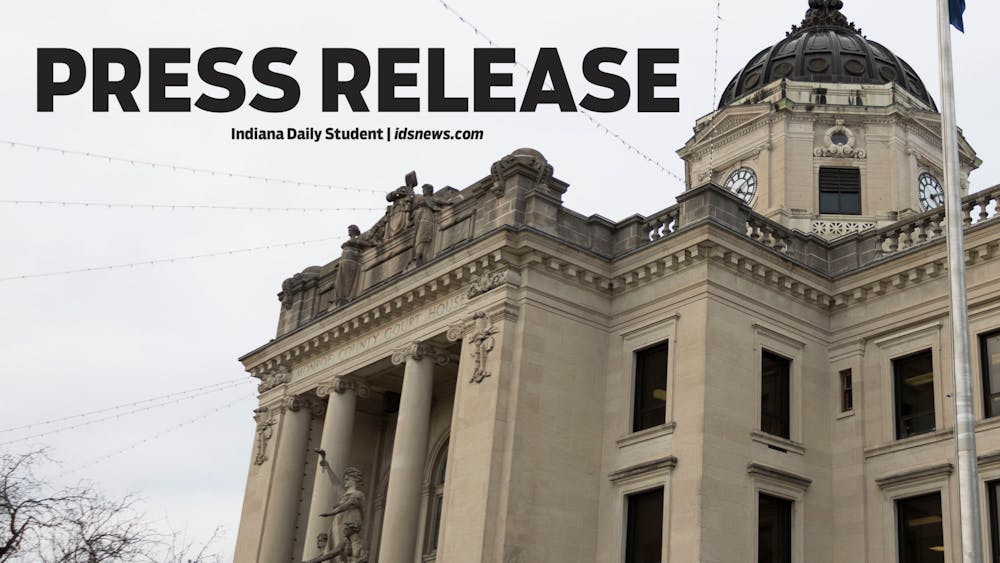In one year Aramis Thomas will have a diploma in hand. He will also hold the bag for $40,000 in student loans.
Now a senior, Thomas has managed to save $20,000 during his three years at IU. All of this has been in preparation for that moment.
“It seems like I’m on top of it, but I’m anything from that,” he said. “As much money as you want to save, it still feels like you can’t catch up to pay back those loans.”
Thomas is among the 40 percent of IU students that could potentially benefit from one of the federal government’s best-kept secrets: the Income-Based Repayment Plan.
IBR allows recent graduates to repay federal student loans at rates based on their income and family size. Monthly payments are capped at 15 percent of borrowers’ discretionary income.
After 25 years, the remaining debt, including interest, is forgiven.
But participation in IBR remains low.
At the end of April about 856,000 graduates were approved for IBR.
However as many as three million borrowers nationwide could benefit from the program, according to the Department of Education website.
“We’ve expected more student borrowers to take advantage of this opportunity,” said Haley Chitty, director of communications for the National Association of Student Financial Aid Administrators.
“Especially given the economy and the unemployment rate, there’s really no reason for a borrower to go into default.”
But despite need, the program still hasn’t become a household name.
Experts credit inadequate marketing and a complicated application process as reasons for lower borrower participation.
“The topic of federal student loan forgiveness comes up very rarely,” said Roy Durnal, IU director of student services, in an email.
Generally, it’s up to the lender to provide borrowers with information on repayment options, but they are only required to do so when students graduate or enter repayment.
This notice comes at a time when IU graduates transition from college to career.
“This is just one small piece of a number of major life decisions they have to make,” Chitty said. “So, insuring that students have the knowledge of the IBR’s very complicated ideas and terms and conditions is a real challenge.”
Using loan and salary averages from the National Association of Colleges and Employers and the Project on Student Loan Debt, most graduates, including those from IU, will be deemed ineligible for the program.
Most federal loans are also expected to be paid off throughout a period of 10 years. Debt forgiveness so late in the game is not realistic for most graduates.
Furthermore, extending the time to pay off the loan also extends the loan interest. Under IBR, the total cost of college might increase.
But for a borrower making an adjusted gross income of $30,000 after graduation with $30,000 in federal loans and an interest rate of 6.8 percent, participating in IBR would save that alumnus about $180 per month.
For those the program does benefit, IBR can be a viable source of financial relief.
“The issue is somewhat twofold,” Chitty said. “But I would say that higher education is one of the best investments you can make. While it can be intimidating in terms of borrowing money, and figuring out the right repayment plan, the investment is usually worth it.”
Little-known federal loan program lowers monthly grad payments
Get stories like this in your inbox
Subscribe





